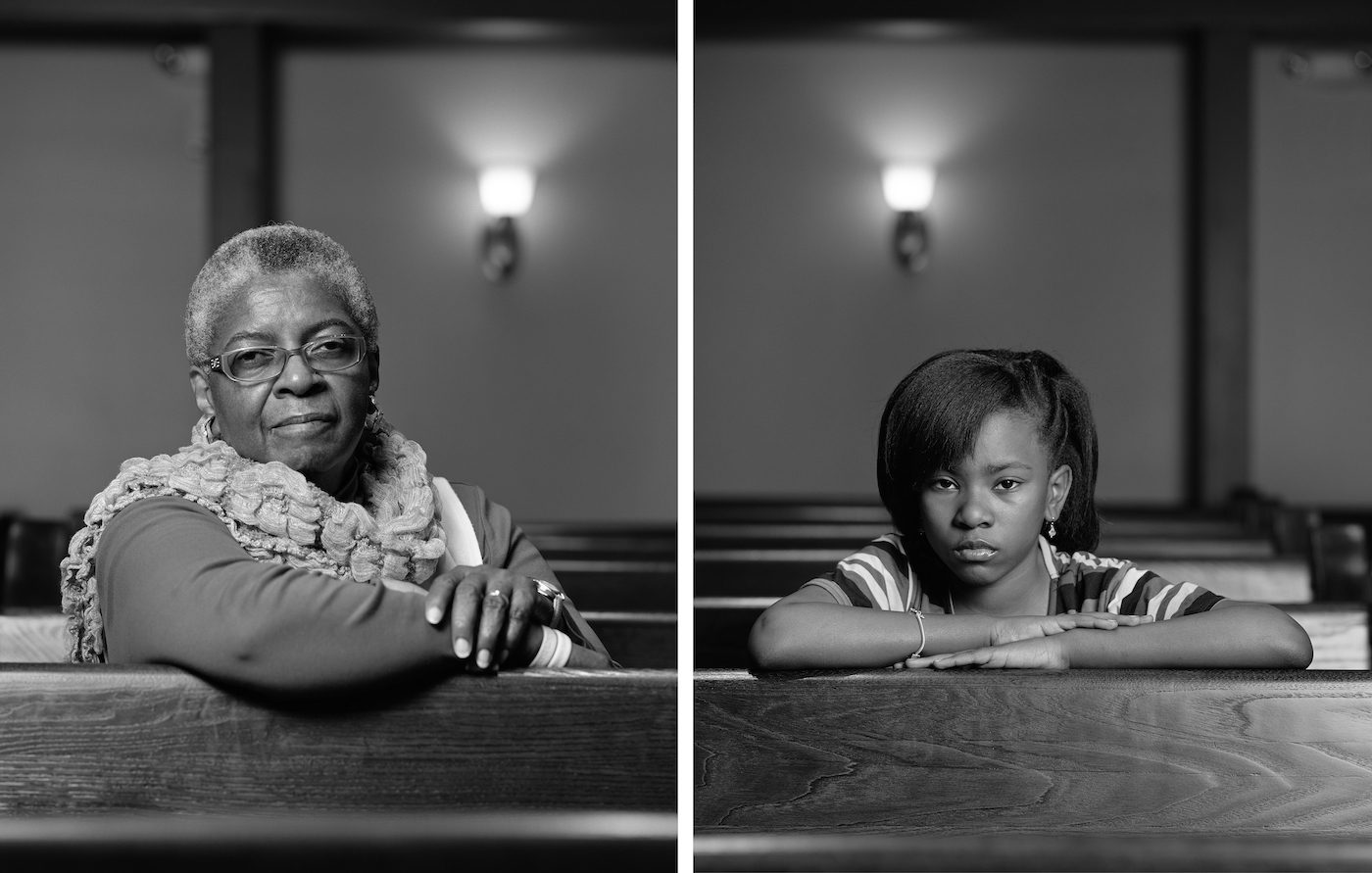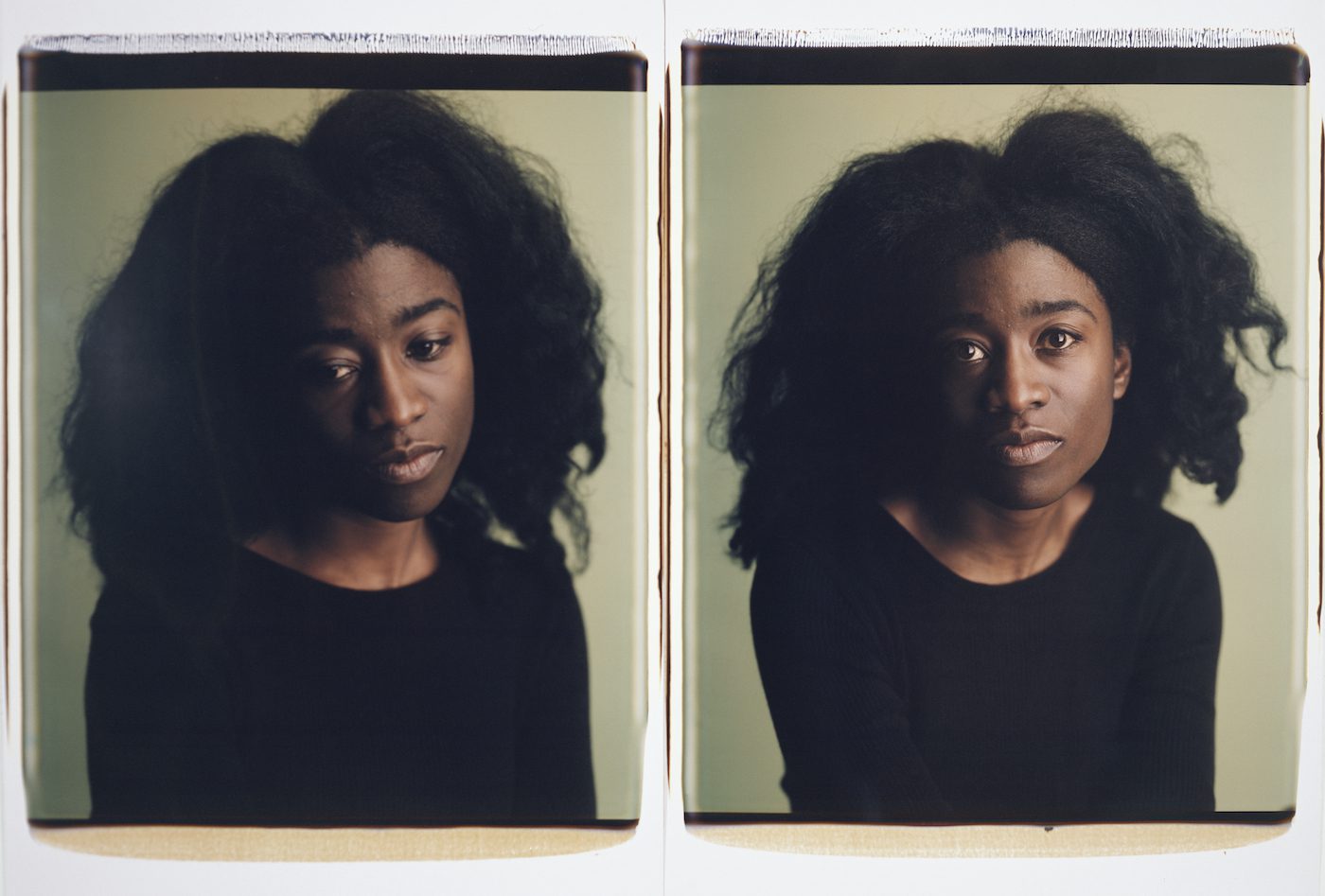Hundreds of independent art and museums spaces were forced to close due to the Corona-Crisis. In this series we are celebrating the fantastic artistic events that are right now sitting behind closed doors. In a full-scale retrospective the San Francisco Museum of Modern Art highlights Dawoud Bey's commitment over the course of his four-decade career to portraying the black subject and African-American history.

Dawoud Bey, Mary Parker and Caela Cowan, Birmingham, AL, from the series The Birmingham Project, 2012. Rennie Collection, Vancouver, © Dawoud Bey
Since the beginning of his career, Dawoud Bey (American, born 1953) has used his camera to depict communities and histories that have largely remained underrepresented or even unseen. in a manner that is at once direct and poetic, and immediate and symbolic. The exhibition includes his tender and perceptive early portraits of Harlem residents, large-scale color Polaroids, and a series of collaborative word and image portraits of high school students, among others. Dawoud Bey, Alva, New York, NY, 1992. Addison Gallery of American Art, Phillips Academy, Andover, Massachusetts, museum purchase 1993.17.a, b; © Dawoud Bey Dawoud Bey, Gerard, Edgewater High School, Orlando, FL,from the series Class Pictures, 2003. Courtesy the artist and Sean Kelly Gallery, Stephen Daiter Gallery, and Rena Bransten Gallery. © Dawoud Bey Dawoud Bey, Usha, Gateway High School, San Francisco, CA, from the series Class Pictures, 2006. Courtesy the artist and Sean Kelly Gallery, Stephen Daiter Gallery, and Rena Bransten Gallery. © Dawoud Bey
His work grapples with history. The artist asks, “How can one visualize African American history and make that history resonate in the contemporary moment?” Here he discusses several series, sited from Harlem to Birmingham to the Underground Railroad routes of northeastern Ohio, each of which works to make histories visible.



More Editorial